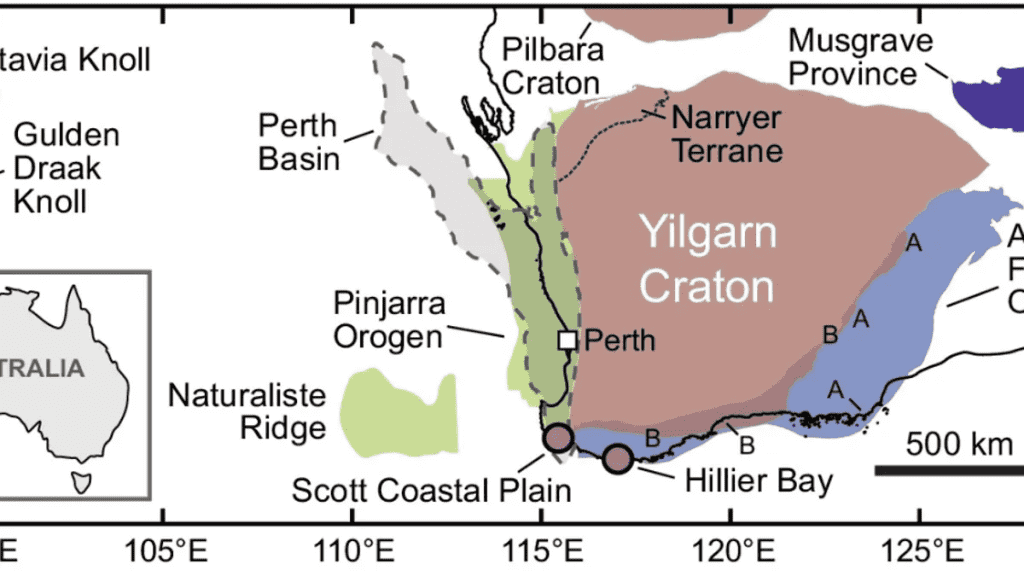In Western Australia, at the Scott Coastal Plain, minerals date back to even 4 billion years, revealing the presence of ancient crust underlying the region.
New research has found a 4-billion-year-old piece of Earth’s crust the size of Ireland beneath Western Australia.
‘This suggests something special occurred in that era of Earth history’, study coauthor Maximilian Droellner, a doctoral student at Curtin University in Australia, said in a statement.
When comparing our findings to existing data, it appears many regions around the world experienced a similar timing of early crust formation and preservation,” Droellner said. “This suggests a significant change in the evolution of the Earth some four billion years ago, as meteorite bombardment waned, crust stabilized and life on Earth began to establish.”

In Australia’s Jack Hills, researchers have discovered tiny minerals called zircons. These minerals were held in rocks that have now eroded away. The rocks around the Jack Hills are called the Narryer Terrane.
Researchers vaporized the zircons with powerful lasers, then analyzed the composition of two pairs of radioactive elements that the lasers had freed, uranium and lead and lutetium and hafnium. The versions of these elements trapped in these zircons decay over billions of years.
To learn about where these minerals came from, the researchers turned to data collected by Earth-orbiting satellites. By measuring variations in gravity across the earth, scientists can figure out how thick the crust is in different locations. This gravity data revealed a thick segment of crust in the southwestern part of Western Australia, likely to be the site of the buried ancient crust.

The old crust covers an area of at least 38,610 square miles (100,000 square kilometers), the researchers wrote in their paper, published online on June 17 in the journal Terra Nova. It is buried “tens of kilometers” below the surface, Droellner said.
“This piece of the crust has survived multiple mountain-building events between Australia, India, and Antarctica,” Droellner said.


